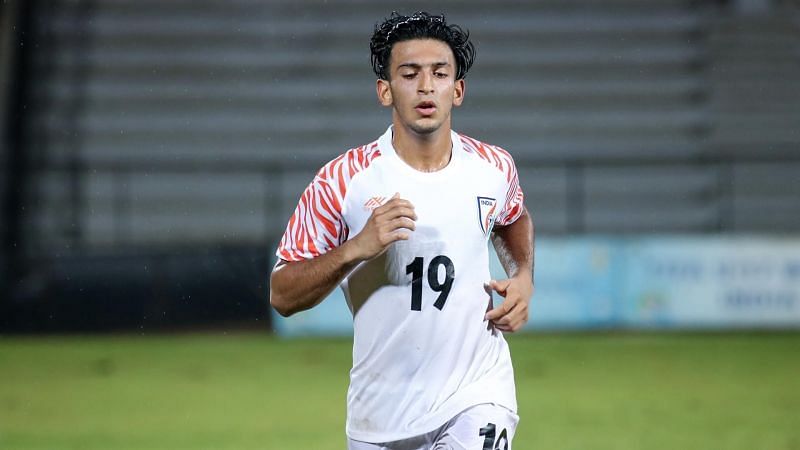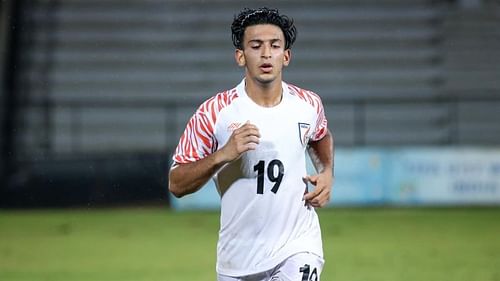
ISL 2019-20: Can ISL finally live up to its promise of improving the Indian national team?

When the Indian Super League (ISL) was set in motion in 2013, one set of fans were ecstatic over the potential development of players, while the other set remained sceptical for some time and wanted I-League to hold the country's top-flight status in football.
In the view of the fact that the elderly championship used to induce many youngsters since Indian football set about, the avant-garde tournament failed to dispel fans' doubts. At the same time, All India Football Federation (AIFF) explored the way forward and very recently, it awarded the top-flight status to the Indian Super League, with I-League sliding down as the subordinate league.
Despite this settlement, fans are cynical and are constantly raising their voices. This is mainly owing down to the youngsters' development, who are in short supply in the ISL as compared to the I-League. While it would be grating to indicate the growth term, it's a no-brainer that youth development requires a proper structure; starting from the youth level to the first-team, a system that most I-League teams have successfully implemented.
But, that doesn't telltale the whole complexion of the story as the level of the game has leisurely increased over the last five years and it is no accident that it falls in line with the inception of the Indian Super League. Even though the performances have elevated, the ambivalence towards the youth system remains a worry and the fans are hoping that the clubs would install a proper structure for the budding stars for the greater good of Indian football.
As for the format of the league, possessing ten teams is just bog-standard and nothing extraordinary compared to other Asian leagues. But, that is bound to change in the near future following the proposal of the AIFF to the AFC after taking notes of grievance of every club in the Indian Super League and I-League.
In the next five years, the league could be expanded up to 14 teams which arrives as a piece of good news for the Indian players. Since the players will get to play more in the future, the fitness levels of the players will improve.
Under Igor Stimac, Indian players lacked robustness in an opening couple of games against Oman and Qatar in the World Cup Qualifiers. The Blue Tigers had plenty of tired legs after a certain period against Oman, which led to conceding two in the last ten minutes. Qatar had a few chances in the second game, but their failure to make good use of the same allowed Igor Stimac's side to effect a stalemate albeit with lesser energy in the latter stages of the game.
One must note that with the ISL, there has been an influx of quality management personnel as well. Several new coaches including Eelco Schattorie, Sergio Lobera, Antonio Habas, John Gregory, Juan Cuadrat, etc have taken over responsibilities, improving their lot which consists of both foreign and domestic players. When good coaches arrive, the tactical astuteness, fitness endurance, and decision making benefits the players.
Stimac's philosophy has been a hit, but the good work would have to continue over a longer period of time. India's manager took his own time to pick his primary starting eleven by providing opportunities to plenty of players in the Intercontinental Cup and King's Cup. Eventually, he has picked a good starting lineup which is directly reflected by the performances of late.
Some players such as Cavin Lobo and Balwant Singh have failed to grab their opportunities with the national team and have slowly regressed over the last few years. On the other hand, the likes of Sahal Abdul Samad and Ashique Kuruniyan have taken their game to another level after breaking through the youth ranks of Kerala Blasters and Pune City FC respectively.
The addition of the Indian Super League has done more good than bad. With phenomenal talent across the park for India, the ISL will continue to elevate the level of the current Indian side.